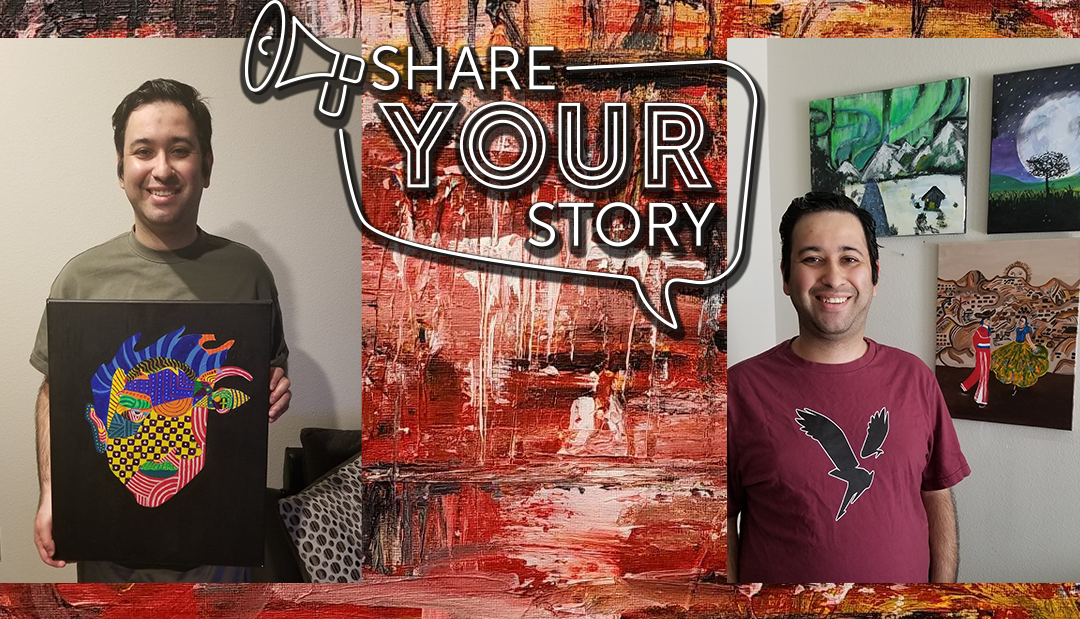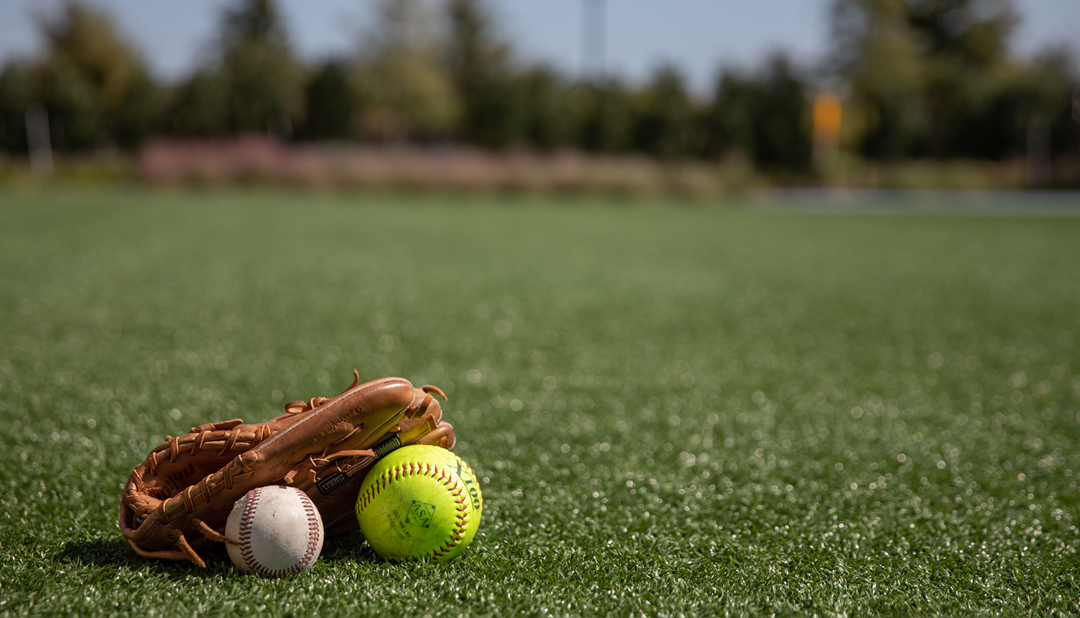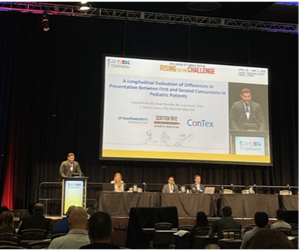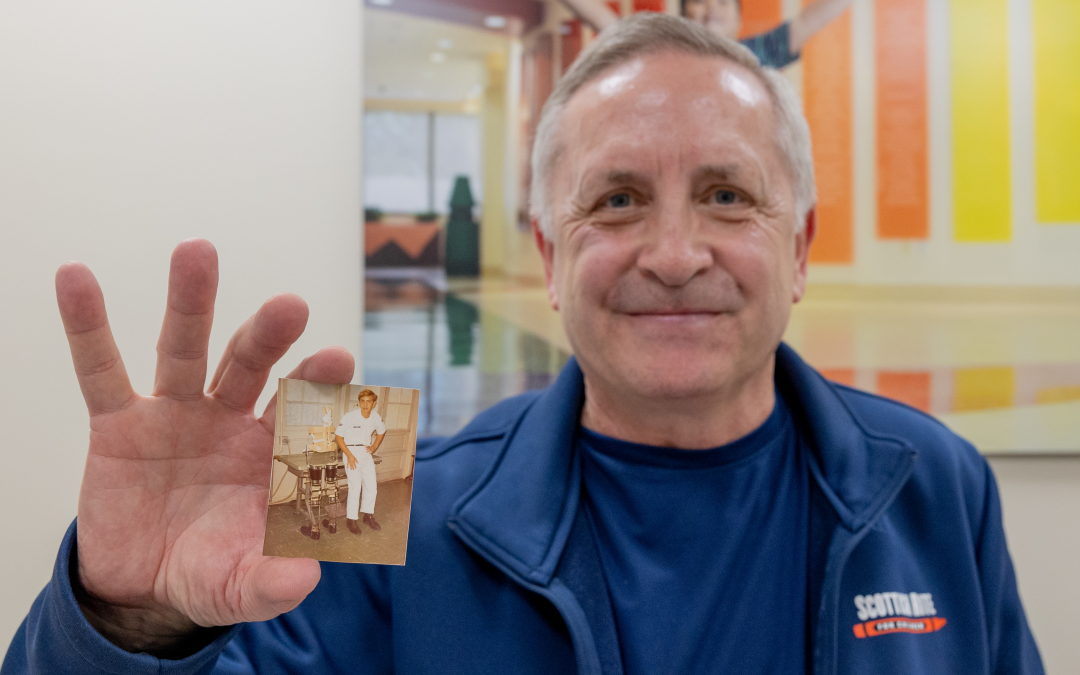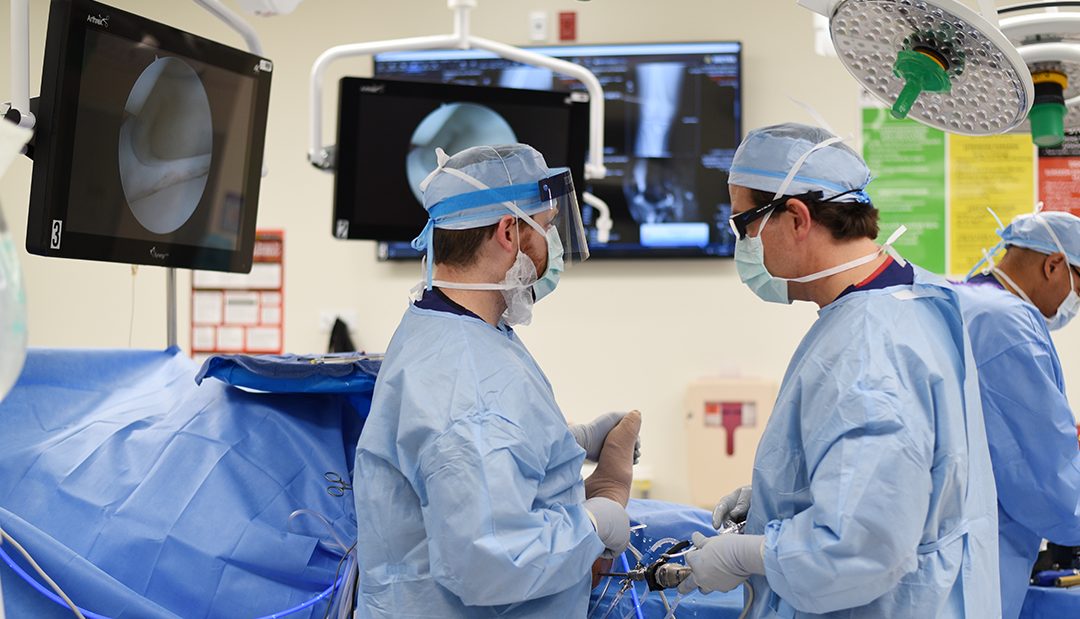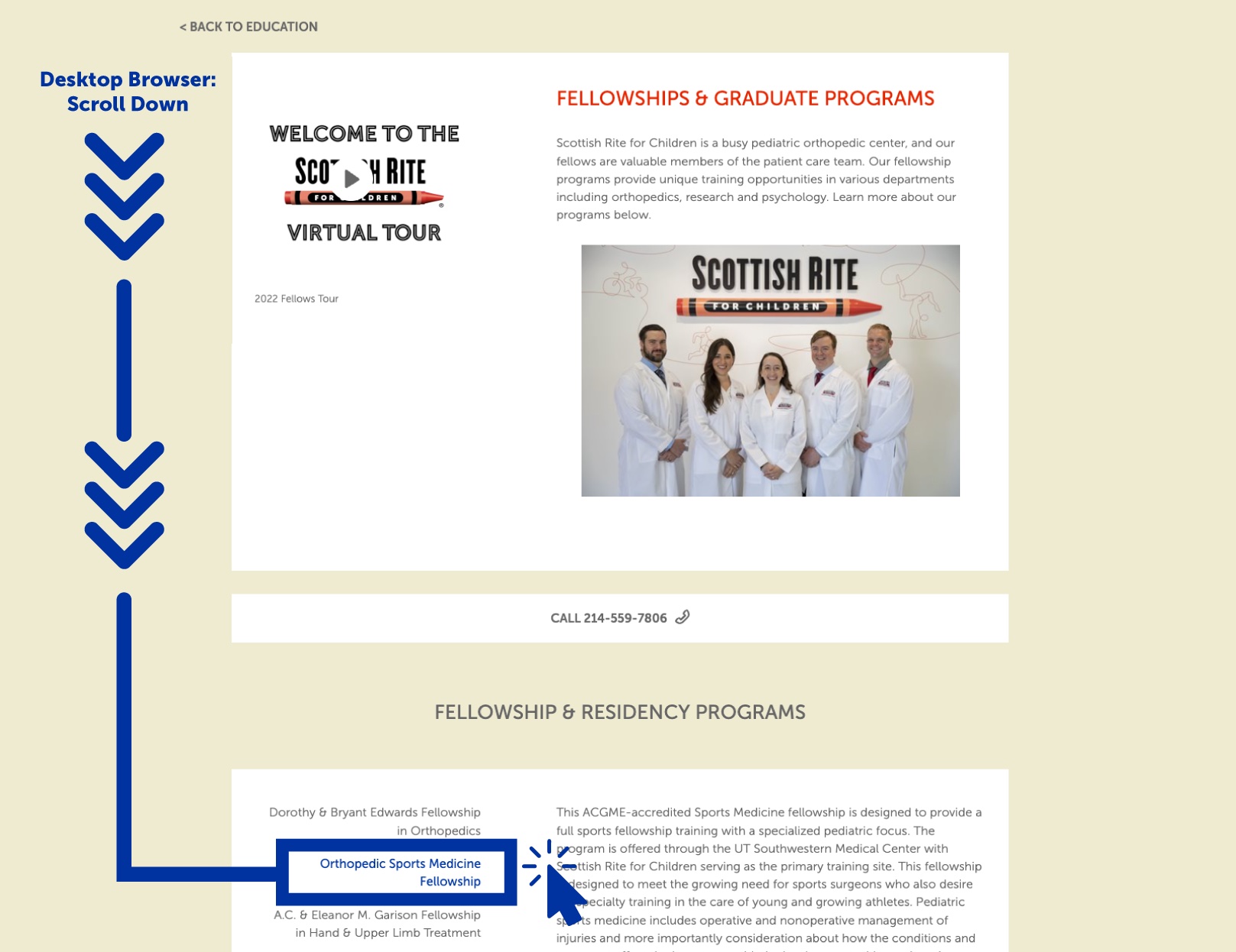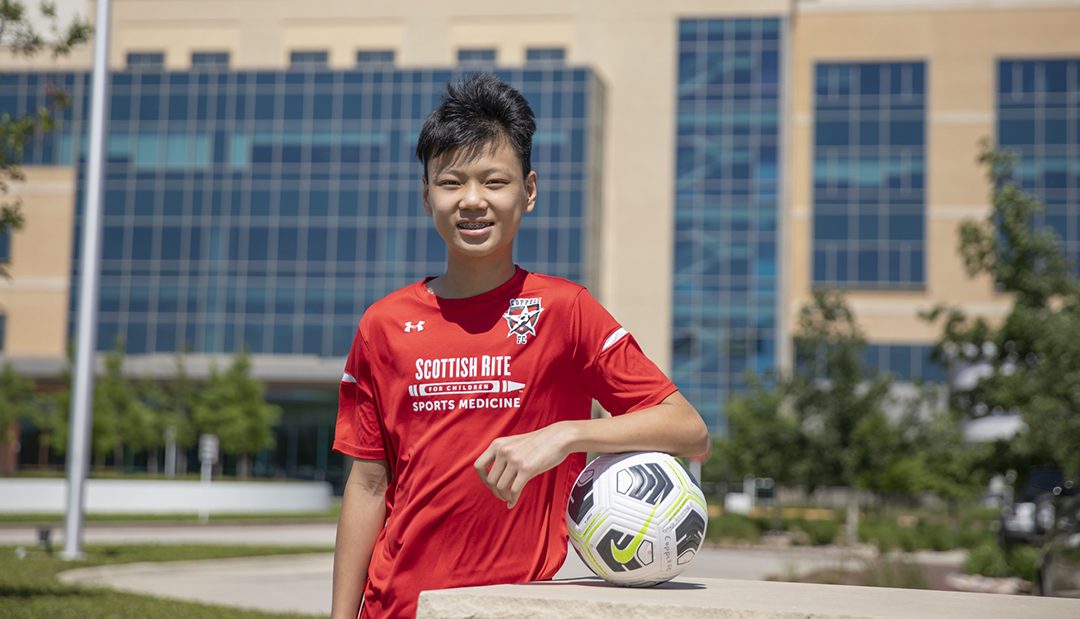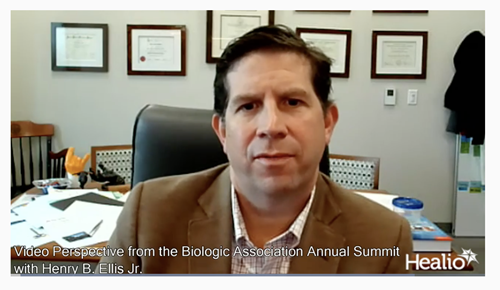What is your job title/your role at Scottish Rite for Children?
My role is to provide the best orthotic and prosthetic care to children and adolescents.
What do you do on a daily basis or what sort of duties do you have at work?
I see patients from different prosthetic and orthotic clinics and make decisions, along with the physicians and other auxiliary staff members, regarding the patient’s prosthetic and orthotic care. I help choose what componentry and designs are necessary for the patient, and then I will cast and measure them for their special device, which is custom-made for them. I also interact with my prosthetic and orthotic colleagues and consult with them to create a prosthesis or orthosis that will best benefit the patient.
What was your first job? What path did you take to get here or what led you to Scottish Rite? How long have you worked here?
I worked on my dad’s farm in North Dakota, so I spent many days out in the fields on a tractor and doing different farm chores for raising crops and livestock. I really miss the outdoor part of farm life. After graduating from high school, I enlisted in the U.S. Air Force and received training in the Air Force in orthotics. After the Air Force, I moved to Lubbock, Texas, and went to Texas Tech University and graduated with a degree in zoology. I then decided to continue my schooling in orthotics in Los Angeles and later went to school in Chicago for prosthetics. When I graduated from Northwestern University’s prosthetic program, I saw an ad for a position in orthotics at Scottish Rite for Children posted at the school in Chicago. I checked into the position, and at the time, there were not any openings at Scottish Rite. They told me they would keep in touch when something did become available. I worked in a prosthetic/orthotic facility in Fargo, ND, for one year before Scottish Rite contacted me about an open position in orthotics, and I accepted that position. I have now been at Scottish Rite for 37 years and presently focus on prosthetics.
What do you enjoy most about Scottish Rite?
Getting to work with patients who need prostheses from a very young age and being able to provide their continuity of care until they become adults. I also enjoy the positive feedback from both the patients and their families, and I love watching them grow up, mature and become successful in their lives as an adult. This would be the primary reason why I enjoy my work at Scottish Rite!
Tell us something about your job that others might not already know?
Many patients throughout my time at Scottish Rite have made a huge impact on my life. They go on to do amazing things, and I have appreciated being a part of their successes by helping them with their mobility.
Where is the most interesting place you’ve been?
The most interesting place I have been to is Peru, and how I went there is an interesting story! I had been providing prosthetic care to a patient named Alberto who came from Peru to be treated at Scottish Rite for Children. During his multiple appointments at Scottish Rite, I got to know his family very well and they invited me to visit them in Peru. Because I was single at the time, I accepted their invitation to visit them. It was there that I met Alberto’s Aunt Rocio and developed a friendship with her, and she eventually became my wife. On my first trip to Peru, I was able to visit Machu Picchu and also travel down the Amazon River. We went fishing on the Amazon and caught piranhas and had fried fish and piranha soup. What is so amazing about Peru are all the historical sites and culture that the country provides.
What is your favorite game or sport to watch and play?
My favorite sport to watch and play is football. Patrick Mahomes is my favorite player, and the Kansas City Chiefs is my favorite team. In high school, I played the position of middle linebacker on defense and offensive tackle on offense.
If you could go back in time, what year would you travel to?
Anytime from 1865 to 1895 (prime years for the Wild West period.) I always wanted to be a cowboy!
What’s one fun fact about yourself?
I enjoy scuba diving and have been on a dive boat for a whole week in Belize. I also have been on dive trips to the Dominican Republic and experienced freshwater cave diving. I plan to have my daughter take scuba diving lessons so I will have a dive partner being that my wife is afraid of the water.
